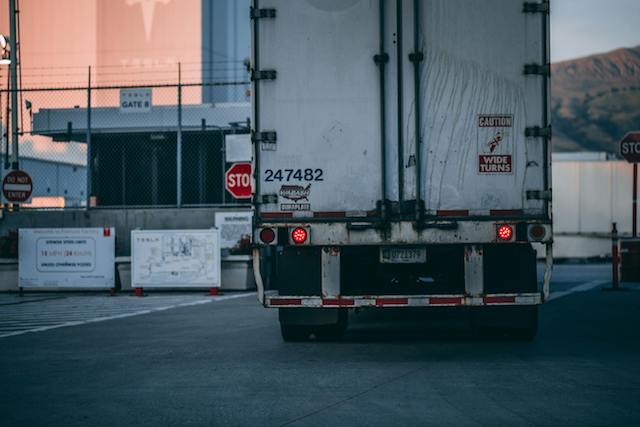The road transport sector is strongly concerned that additional border control measures introduced by Bulgaria and Romania to fight irregular migration are having disproportionately negative consequences on goods transport and trade.
 Inside the EU, for years, trucks used to wait significantly long periods of time to cross Romania’s borders with Hungary and Bulgaria, with an average of six hours per crossing, which could go up to 72 hours.
Inside the EU, for years, trucks used to wait significantly long periods of time to cross Romania’s borders with Hungary and Bulgaria, with an average of six hours per crossing, which could go up to 72 hours.
Following new border control measures, waiting times are getting even worse. There are now reports that EU and non-EU registered trucks are waiting up to five days to cross these borders.
Concerning the EU’s external borders, information received from road goods transport companies – from Bulgaria, the Czech Republic, Greece, Hungary, Romania and Türkiye – indicate that trucks are waiting at Bulgaria’s external EU borders for four to five days.
In a letter to the European Commission President Ursula von der Leyen, the international Road Transport Union (IRU) has urged the President to urgently support the free intra-EU transport of goods by road at Schengen and other intra-EU borders, as well as to support efficient truck flows across the EU’s external road borders.
IRU Secretary General Umberto de Pretto said, “While our sector fully agrees that Romania and
Bulgaria belong inside the Schengen area, we understand that they are expected to implement additional measures to manage immigration flows. Unfortunately, these actions are having disproportionately negative consequences on goods transport and trade.
“IRU calls on the European Commission to step in and recommend that Member States implement Green Lane corridors for trucks within the EU. The Commission should also encourage relevant Member States to increase inspection capacity at their external EU land borders, respect the rules and procedures of the TIR Convention, and provide transparent information on expected waiting times at external borders.
“We trust that the European Commission’s prompt intervention can help keep road goods transport flowing efficiently within the EU, as well as between the EU and its trading partners.























